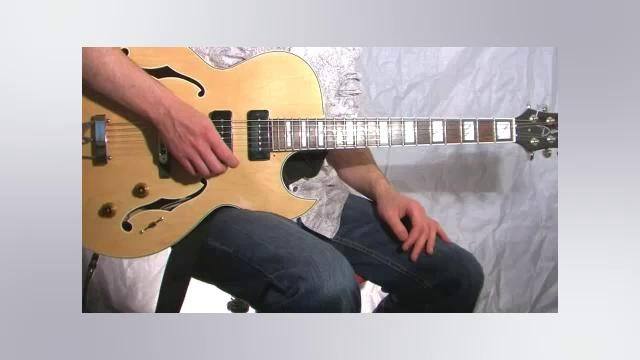In this lesson, we will be going over how to determine the quality of any interval if you should ever encounter one that you need to figure out. Here are some steps you can follow to help determine the type of interval you are looking for:
Step #1- Go to the major scale of the lowest note in any interval
Step #2- Determine the interval number by counting up from the lowest note to the upper note. Don't forget to count the lowest note as 1.
Step #3- Determine if the upper note is part of the major scale of the lowest note. If it is, then the interval must be either perfect or major. If it isn't, then the interval must be either minor, diminished or augmented.
Step #4- If the upper note is not normally in the major key of the lowest note, you need to determine if it is sharped or flatted. In other words, has it been altered to make it sound more distant from the lowest note (an augmented sound), or is it closer (a minor or diminished sound).
Here are some examples with explanations:
Example #1- Comparing C to Db

Step #1 (Look to the major scale of the lowest note.) We can see that this is the key of C, which has no sharps or flats
Step #2 (Determine the interval number.) By counting the lines and spaces up from C, we see it is 9 notes up. So this is some type of 9th interval.
Step #3 (Look to see if the upper note is normally in the key of the lower note.) Since C major has no sharps or flats, this interval is altered. There are no Db's in the key of C.
Step #4 (Determine the quality of the interval.) Because the 9th is normally a major interval in the major key, the interval must be a minor 9th because of the flat in front of the D.
Example #2- Comparing Eb to C

Step #1- The key of Eb has 3 flatted notes, they are: Bb, Eb and Ab.
Step #2- The interval number is 6
Step #3- The upper note of C is in the key of Eb major, so there is no need to go to step four. The answer is: a Major 6th interval
In the final installment, we will be looking at some practical uses of intervals. See ya then!




















































